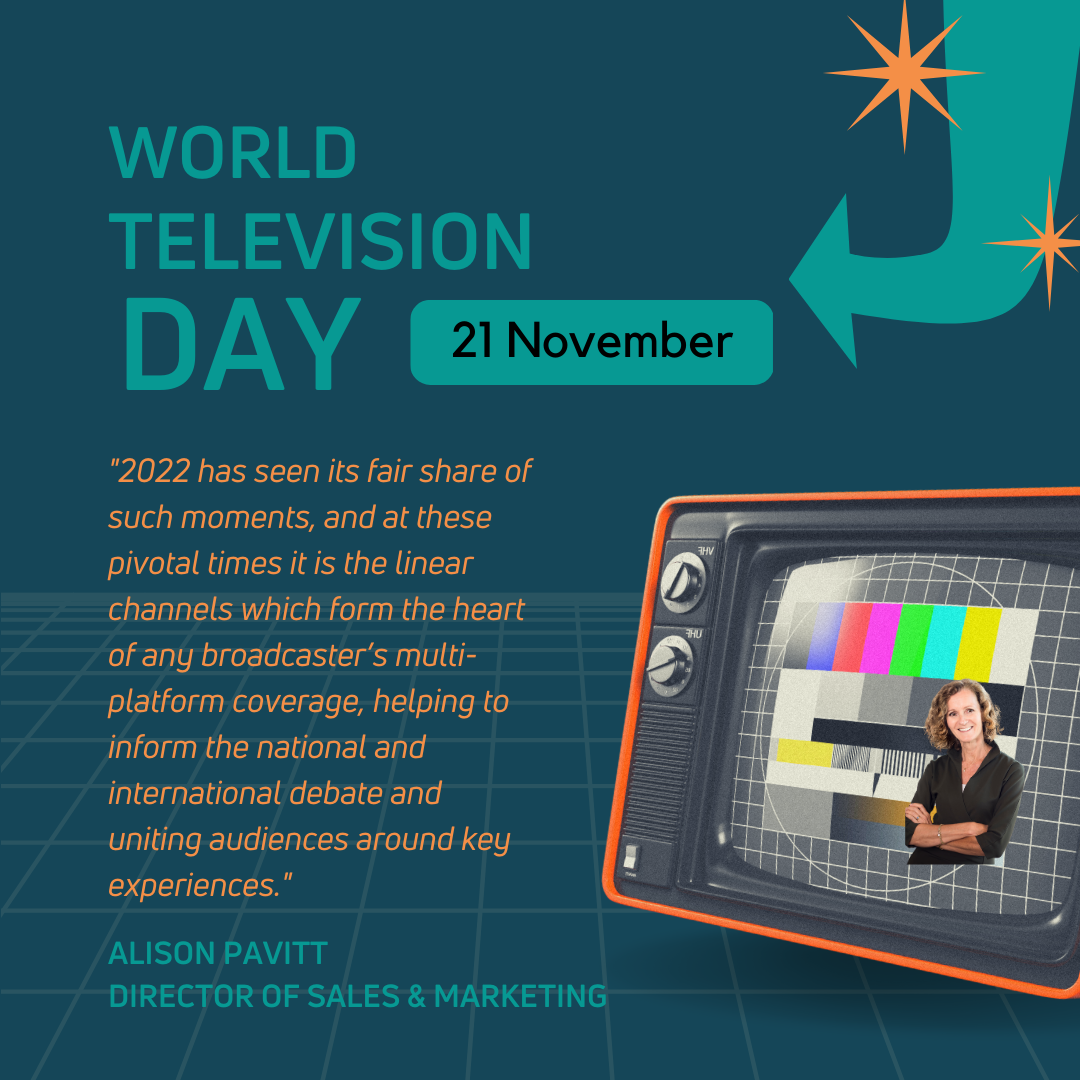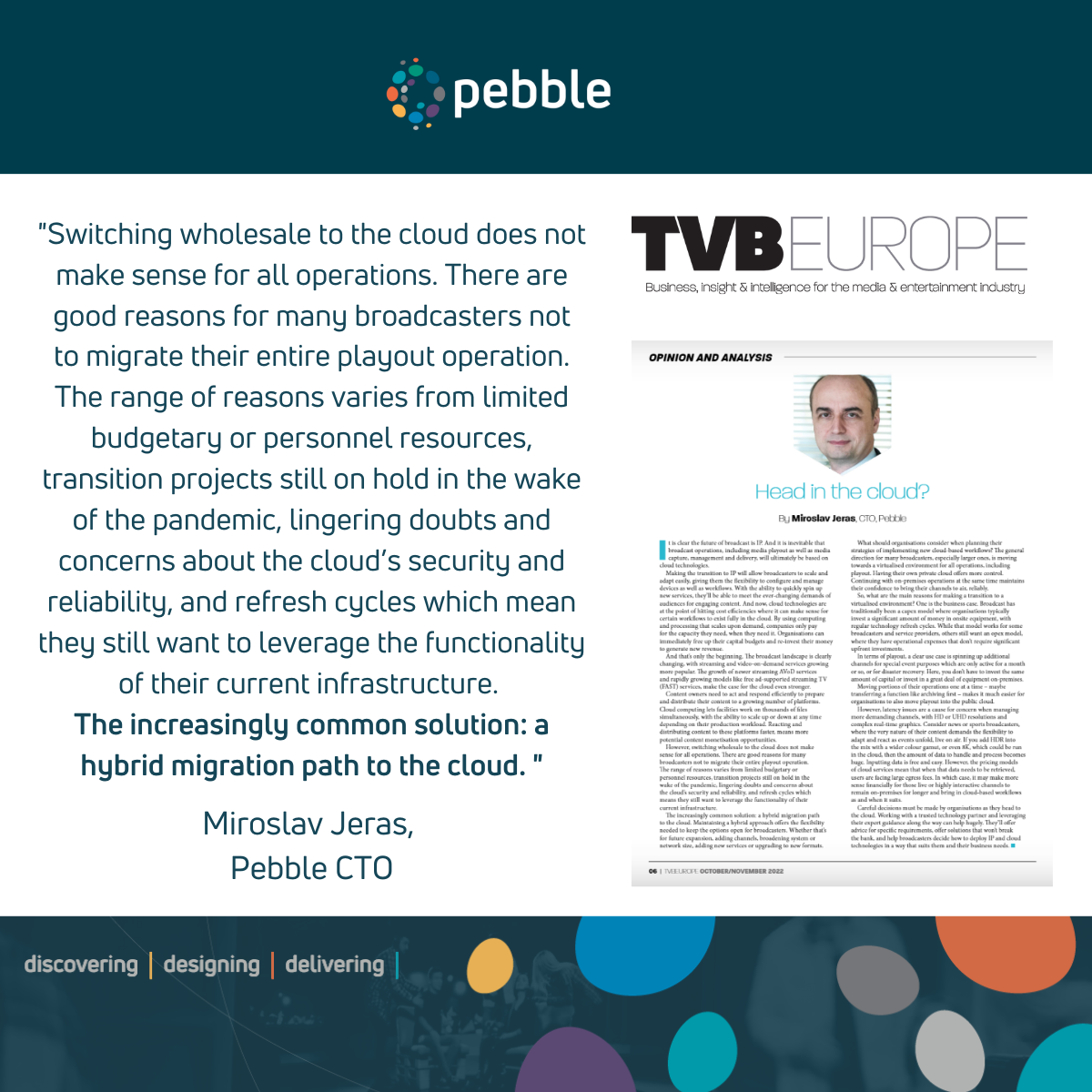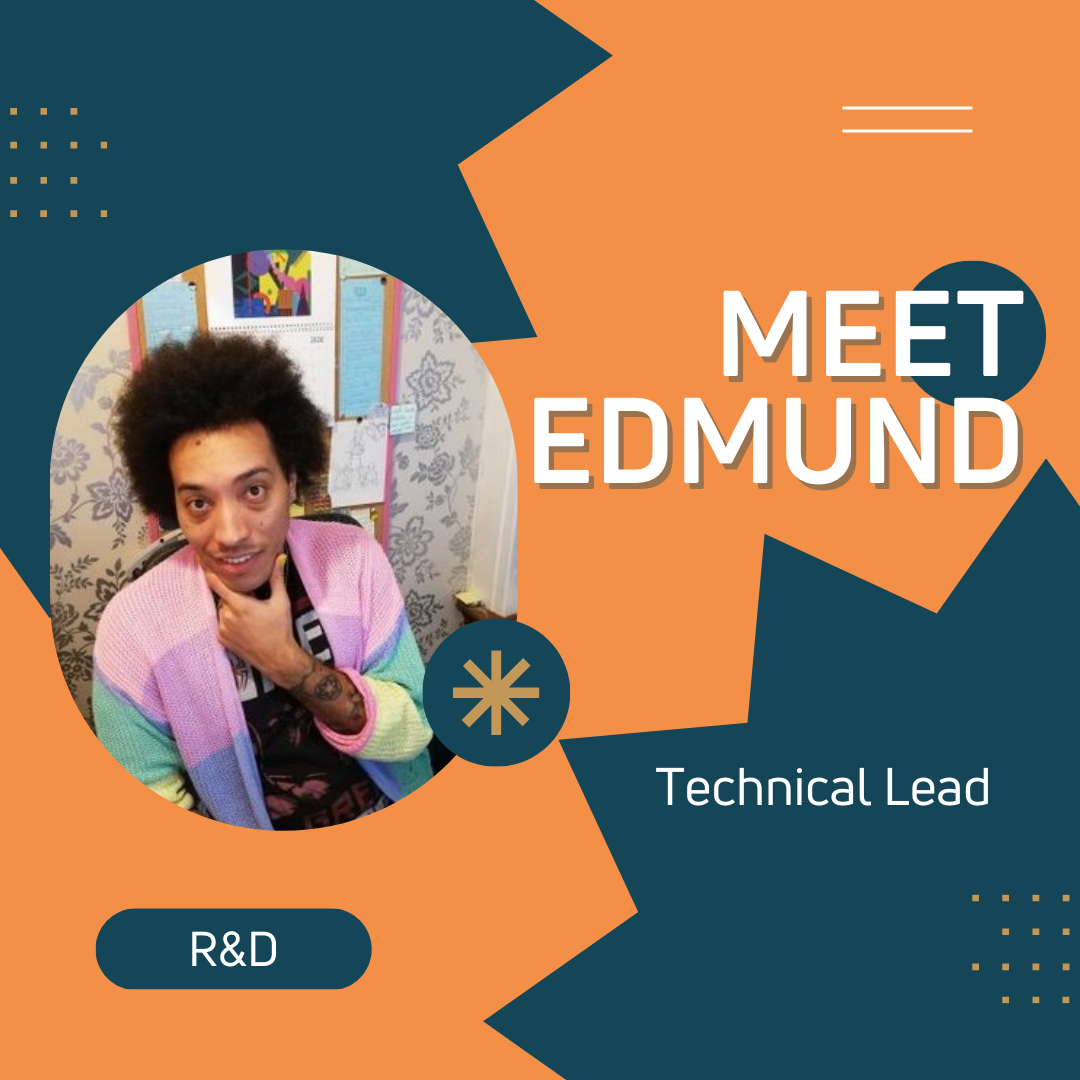The move to remote production has clarified its role
In this piece Mat Shell, Head of Sales, adds his thoughts on Virtualised Playout.
LONDON—Playout has always been a crucial element in the broadcast distribution chain but it is becoming even more so due to changing requirements and technological capabilities.
Broadcast technology developers like to talk in terms of evolution when it comes to advances in equipment and operational practices. The area of broadcasting that has perhaps evolved in the true sense of the word is playout. Over the years it has moved from being based on videotape—initially played out from banks of individual machines and then later automated carousels—within a broadcaster’s headquarters to third party facilities, with the further shift to file and server-based distribution.
That evolution has continued with the advent of the cloud, where files may be located outside the control center, with the most recent advancement being the further shift to remote or from-home working.
While the adoption of virtual techniques were largely foisted on the TV sector due to the Covid outbreak, they were already being used in some circumstances and were only going to become more widespread in the future. The coronavirus, as with so many things, compelled broadcasters to bring their plans for this kind of implementation forward.
Mat Shell, head of sales at Pebble, acknowledges that the various lockdowns and resulting shift to working from home increased the need for “secure remote access” to playout systems.
“System implementations obviously had to change,” he says. “The majority of broadcasters are still commissioning bare-metal systems as they contemplate their transitions to more flexible IP-based technologies,” he said. “But, regardless of whether it’s a playout solution deployed on premises or is virtualized or a mixture of both, what has driven the most change is the need to control those systems remotely in a secure way.”
Web-based monitoring and control systems enable broadcasters to run channels either within a traditional transmission control area or from an outside location, which includes other premises or an operator’s home. As for other requirements, Shell says broadcasters are “likely to want their linear channels or playout facility” to feed any OTT platforms they operate.
“They may also wish for linear channels to feature on YouTube, complete with unique branding,” he says. “Broadcasters additionally want the ability for playout systems—both on the ground and virtualized—to cater for pop-up or event channels, specifically for OTT streaming.”





